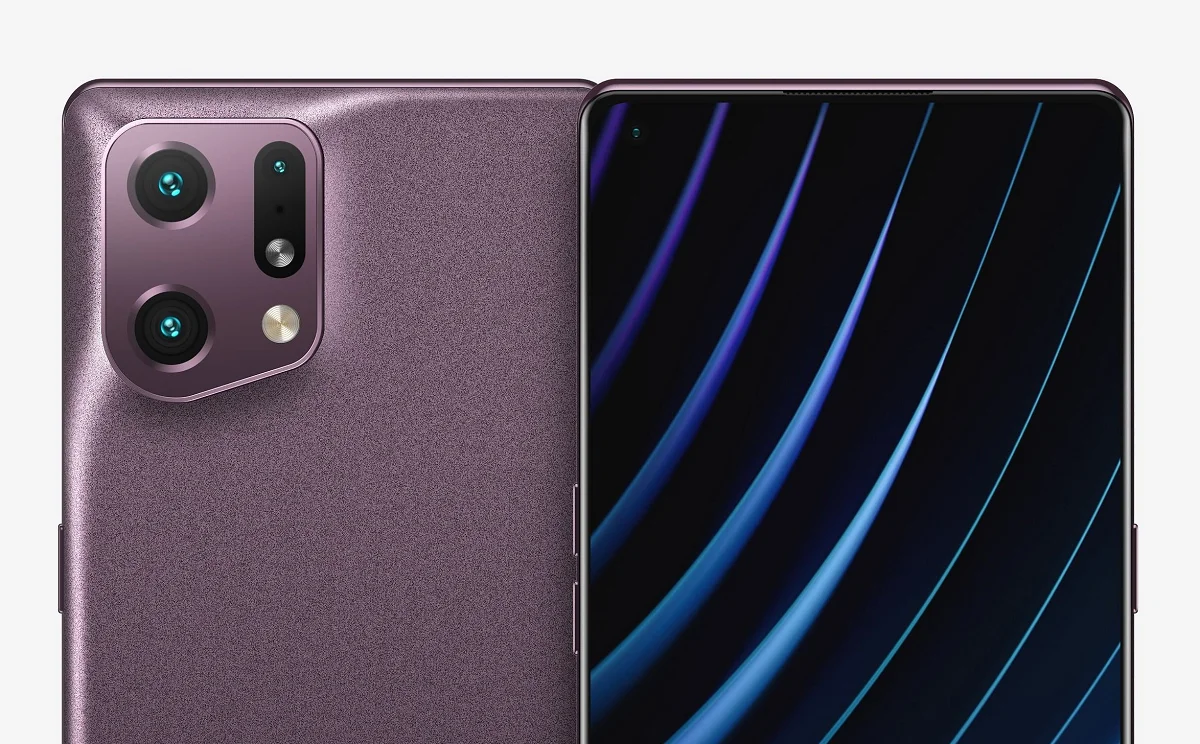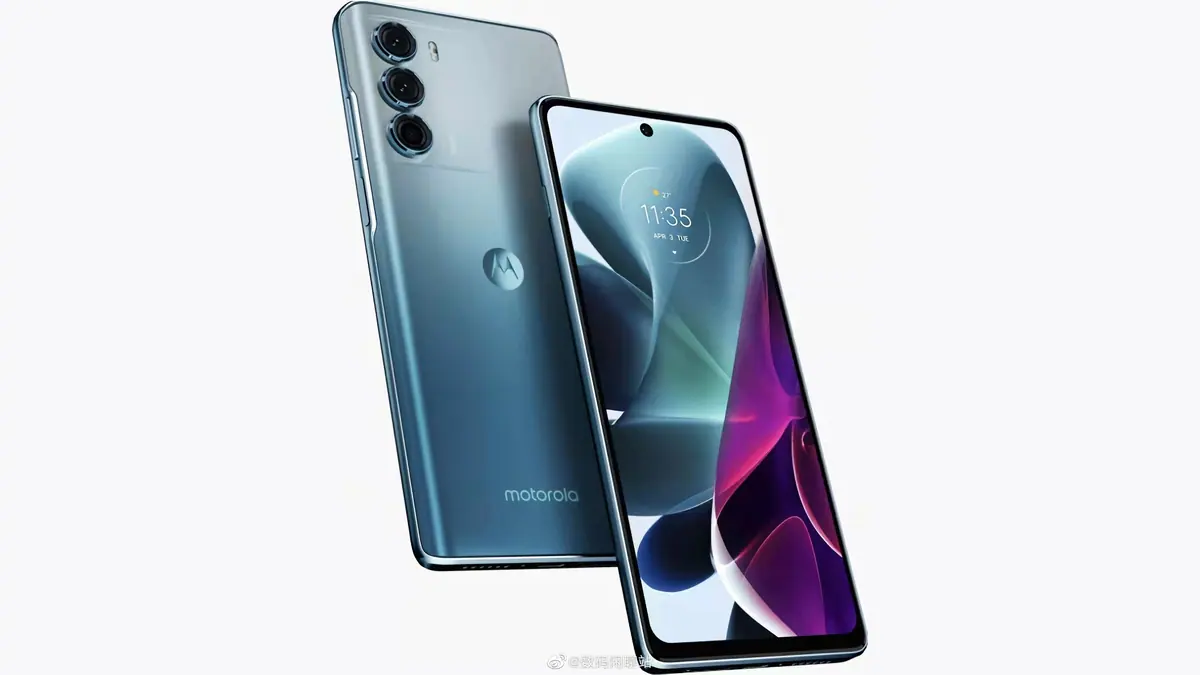In a recent interview with Futurism, Khodak talked about the Science Eye technology of his newly founded Science Corp. It combines gene therapy with a microLED display on the retina to restore vision.
what is known
As the neuroscientist noted, Science Eye has already been implanted in some rabbits and is “doing well,” he says. Human experiments are still a long way off. “Eighteen months, I hope”, – says Khodak. But at the same time, he does not see the future at all in terms of this development. He believes a variation that uses “an underlying technology different from micro LED film” could lead to immersive virtual experiences that surpass today’s bulky headsets.
We think we’ve seen a way to finally create the ultimate AR/VR display technology without major surgery.
– says the entrepreneur.
Today Science Corp is the second most funded brain-computer interface company. Its capital is $160 million and is second only to Neuralink itself. Its manager assures that the company is extremely different from Neuralink.
The technical approach we developed is very different from what Neuralink does. After all, our vision goes far beyond clinical visual prostheses. However, instead of making big statements about what we can and cannot do in the future, we want to ensure that ambition grows with success.
– stressed Khodak.
The scientist, unlike Musk, is not in a hurry to brag and make premature promises. Despite the brilliant VR concept, overall Max Khodak expressed a very cautious vision of the company’s development trajectory. Currently, Science Corp is primarily focused on getting its first product to patients. And as soon as this happens, it will be possible to continue.
Source: 24 Tv
Alice Smith is a seasoned journalist and writer for Div Bracket. She has a keen sense of what’s important and is always on top of the latest trends. Alice provides in-depth coverage of the most talked-about news stories, delivering insightful and thought-provoking articles that keep her readers informed and engaged.













